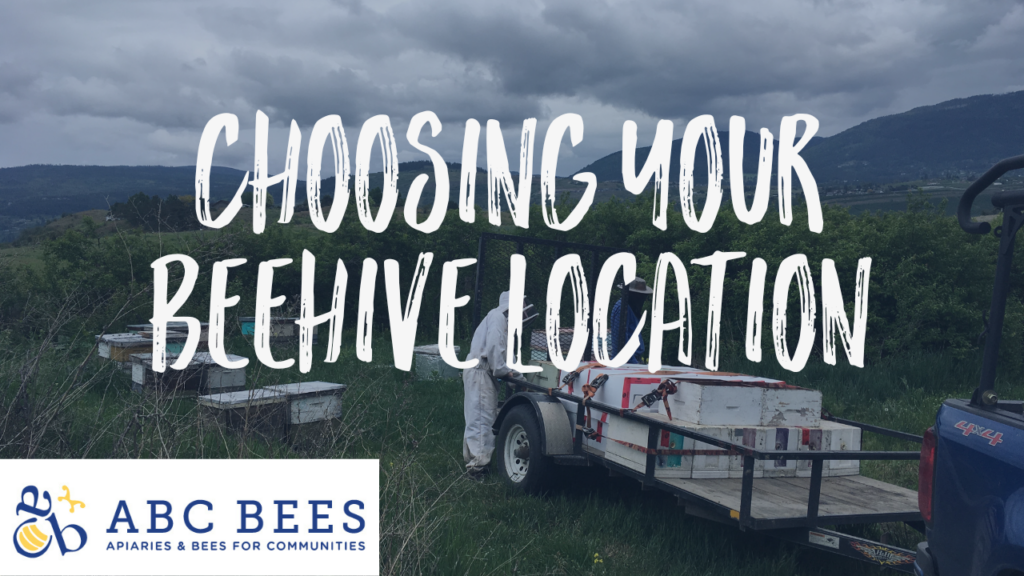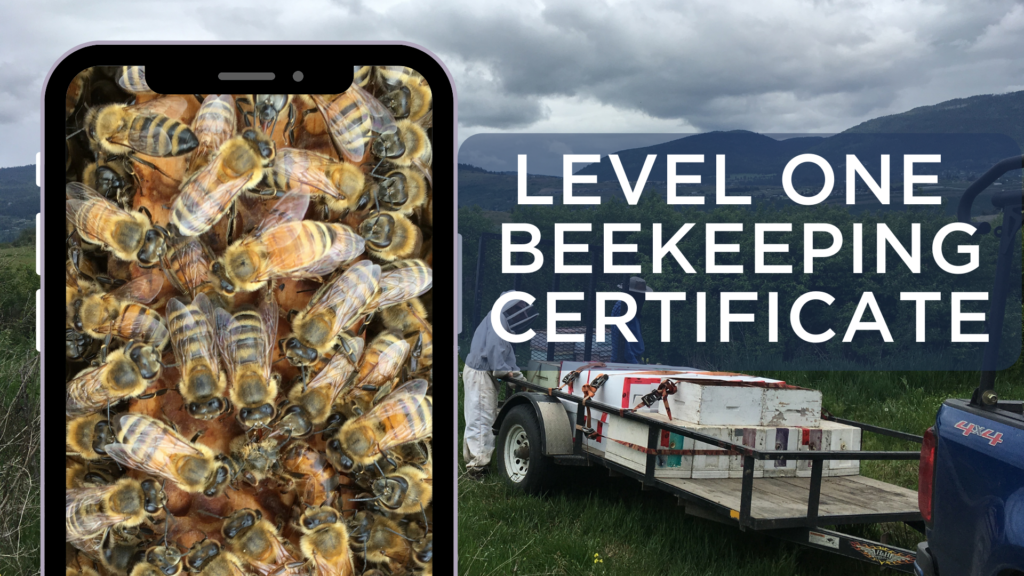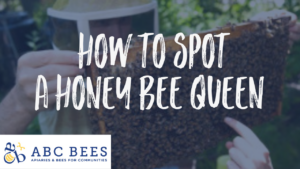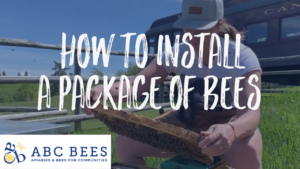Outcomes
Learners will understand the factors to consider when placing a beehive to ensure the successful establishment of a honeybee colony in their yard.
Key Takeaways
Sunlight and Warmth: Placing the beehive in a location that receives ample sunlight allows honeybees to forage for longer periods and helps maintain a warmer environment for raising baby bees or brood.
Minimizing Wind Impact: Protecting the hive from strong winds is crucial as it enhances the number of active foragers during the day and aids in heat conservation, which is vital for a healthy bee colony.
Considering Predation and Personal Comfort: Preventing predation by animals like wasps, ants, mice, skunks, and bears is essential for hive safety. Additionally, considering personal comfort and adhering to municipal bylaws ensures a suitable hive placement, allowing the bees to thrive while minimizing disruptions to human activities in the vicinity.
Bee Flight Patterns: Understanding the flight patterns of bees is crucial for hive placement. Bees tend to be most active within a six-foot radius from the hive entrance, which is their landing strip or “bee line” for entering and exiting the colony. By orienting the hive away from heavily frequented areas, the exposure to bees in flight can be limited, creating a safer and more comfortable environment for both bees and humans.
In this blog post, we’ll delve into the essential aspects of hive placement to ensure the successful establishment of your honeybee colony in your backyard or rural environment.
Sunlight and Warmth: One of the most crucial considerations when placing your beehive is ensuring it receives ample sunlight. Honeybees thrive in sunny environments, as the warmth allows them to forage for longer periods and provides an ideal temperature for raising baby bees or brood. Aim for a location with morning sun if all-day sun exposure is not possible. This not only encourages early bee activity but also enhances nectar availability during the morning hours, benefiting your colony’s overall productivity.
Minimizing Wind Impact: Wind protection is vital for the well-being of your bee colony. Bees are small and susceptible to the effects of strong winds. By decreasing wind penetration into the hive, you can maximize the number of active foragers during the day and aid in heat conservation, which is crucial for the colony’s survival. If you plan to place your hives on an elevated location, consider wind direction and strength carefully. Alternatively, use natural barriers like tree lines or windbreaks to shield the hives from harsh winds.
Predation Prevention: Protecting your hive from predators is essential for maintaining a thriving bee colony. Predators such as wasps, ants, mice, skunks, and bears can pose significant threats to your bees. To safeguard your hive, consider the following measures:
Raise the hives on a platform: This allows the bees to better defend themselves against ants, mice, and wasps, as they can see the predators approaching.
Use bee-friendly deterrents: Install wasp traps and sprinkle diatomaceous earth around the hive to limit the number of pests within the colony.
Install a bear fence: If you live in an area frequented by bears, electrical fencing is crucial for protecting your bees. It can also deter skunks from causing harm to the hive.
Consider Your Personal Comfort: While beekeeping can be an enriching experience, it’s essential to consider your household’s needs and the comfort of your family and neighbors. Not everyone may be comfortable having bees close to their living spaces or play areas. Consider municipal bylaws that may restrict hive placement, and ensure that your hives are situated away from high-traffic areas to minimize the exposure of bees in flight. Assess the potential impact on your pets and inform your family and neighbors about your beekeeping plans to foster a harmonious environment.
Conclusion: By carefully considering hive placement based on sunlight exposure, wind protection, predation prevention, and personal comfort, you’re setting the foundation for successful beekeeping. Creating a bee-friendly space not only benefits your bees but also enhances your overall beekeeping experience. We hope this blog post has provided you with valuable insights and guidance for starting your beekeeping journey







